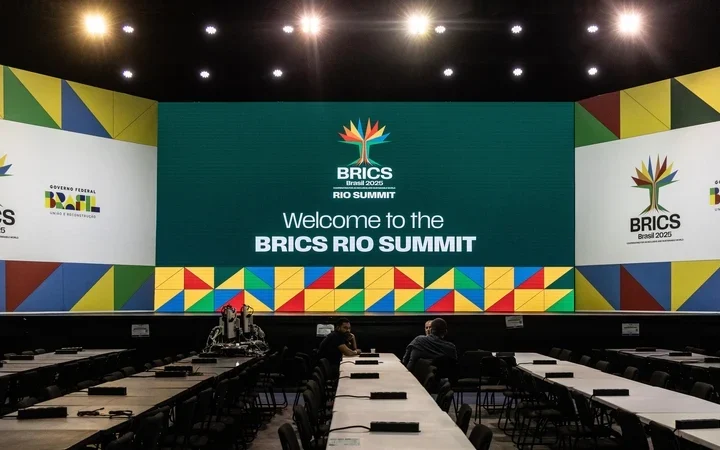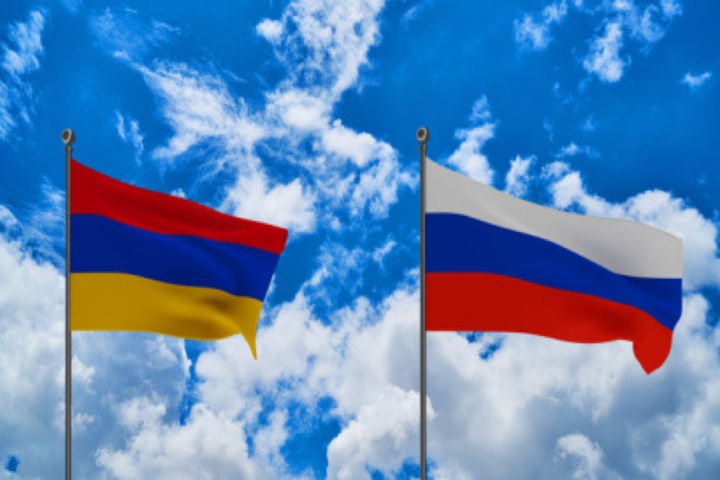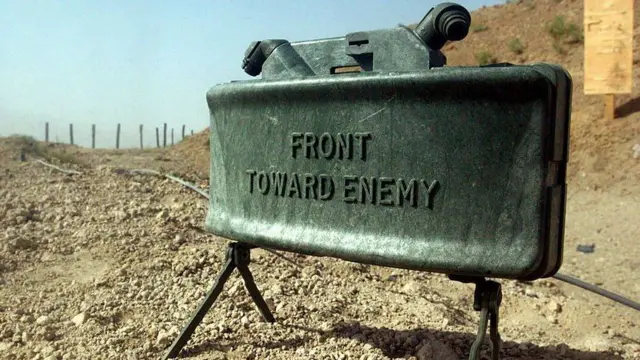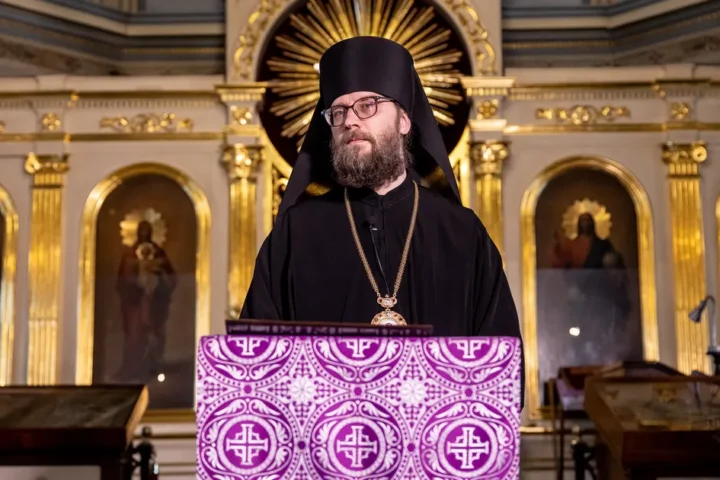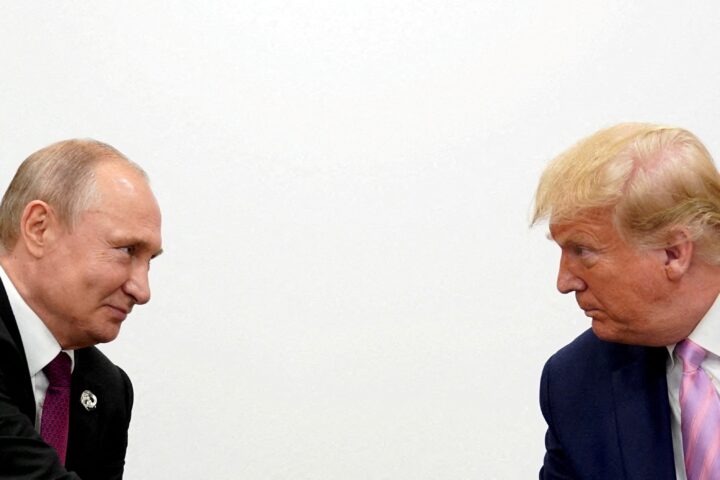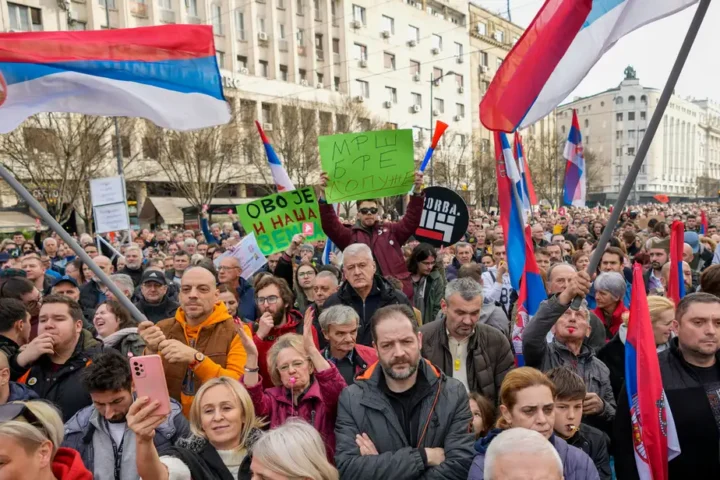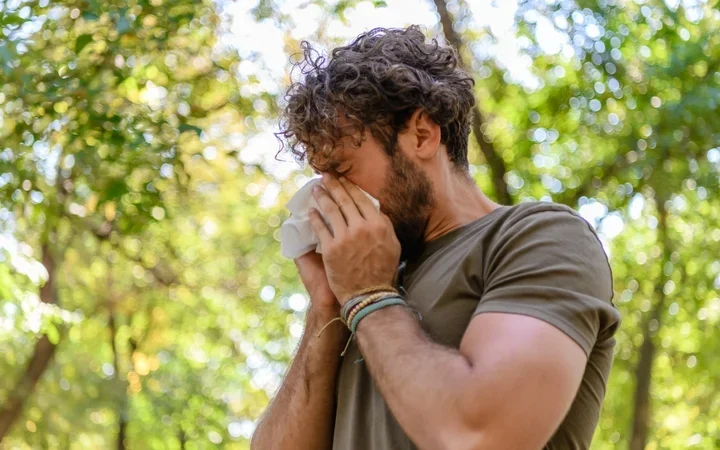Journalists in Northern Ireland are regularly receiving threats from paramilitary-linked crime gangs and others angered by their work, according to a new report.
They include death, rape and bomb warnings with women subjected to highly personal gendered threats that in some cases extend to their children.
The warnings have been scrawled on walls close to where journalists live, although it is often done by social media.
The drugs trade and the armed factions involved are also significant factors in the level of threats.
One journalist was approached by police nine times in the course of a year to be alerted to threats to their safety.
The research, carried out for Amnesty International UK, is based on interviews with 22 reporters and photographers.
It found that journalists had been assaulted and threatened both on and off duty.
Two journalists have been murdered in Northern Ireland in recent decades.
Sunday World reporter Martin O’Hagan was shot dead by loyalists in Lurgan, Co Armagh in 2001.
Lyra McKee was killed by a round fired by dissident republicans at police as she observed rioting in Derry in 2019.
A photographer was shot in the leg during rioting in 2011 and another senior reporter was seriously assaulted while attending a Christmas market in 2009.

Research for the Amnesty report recorded 71 threats or attacks on journalists since 2019.
They were experienced by freelancers and staff members from a wide range of organisations including the BBC, UTV, PA Media, the Irish News, Reach, Mediahaus and the Impartial Reporter newspaper, which is based in Co Fermanagh.
Some have security installations at their homes such as bullet proof glass and CCTV cameras, paid for by employers.
Those most at risk are said to be reporters covering crime and security matters as well as public order situations.
‘The most dangerous place in the UK to be a reporter’

Some journalists said they no longer reported threats to the PSNI as the process was time-consuming and ineffective.
In the last three years, there have only been two successful prosecutions for threats against journalists, neither of them relating to paramilitaries which issue most such threats.
Patrick Corrigan, Amnesty International UK’s Northern Ireland Director, said: “Journalists in Northern Ireland are facing a sustained campaign of threats, intimidation and violence from armed groups, which makes it the most dangerous place in the UK to be a reporter.
“Yet there has not been a single prosecution for threats against journalists from paramilitary groups. This sense of impunity only emboldens those behind the threats.”
National Union of Journalists Assistant General Secretary Séamus Dooley said: “In what is supposed to be normalised society, post the peace process, journalists are living in fear and behind high security measures. That really is not the sign of a normal functioning democracy.”
The report makes a series of recommendations including more effective PSNI investigations and access for at risk journalists to a UK government scheme for home security.
The BBC did not participate in the survey and asked researchers not to approach its staff in order to preserve the measures it takes to protect its staff and buildings.
But NI director Adam Smyth did confirm that some of its journalists had been targeted or attacked.


